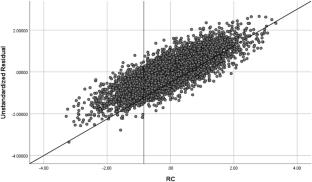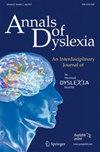Many individuals with poor reading comprehension have levels of reading comprehension that are consistent with deficits in their ability to decode the words on the page. However, there are individuals who are poor at reading comprehension despite being adequate at decoding. This phenomenon is referred to as specific reading comprehension deficit (SRCD). The two purposes of this study were to use a new approach to estimate the prevalence of SRCD and to examine the extent to which SRCD can be explained by the simple view of reading. We used model-based meta-analysis of correlation matrices from standardized tests to create composite correlation matrices for the constructs of reading comprehension, decoding, and listening comprehension. Using simulated datasets generated from the composite correlation matrices, we used residuals from regressing reading comprehension on decoding to create a continuous index of SRCD. The prevalence of SRCD is best represented not as a single number but as a continuous distribution in which prevalence varies as a function of the magnitude of the severity of the deficit in reading comprehension relative to the level of decoding. Examining the joint distribution of the residuals with reading comprehension makes clear that the phenomenon of reading comprehension that is poor relative to decoding occurs throughout the distribution of reading comprehension skill. Although the simple view of reading predictors of listening comprehension and decoding makes significant contributions to predicting reading comprehension, nearly half of the variance is unaccounted for.



